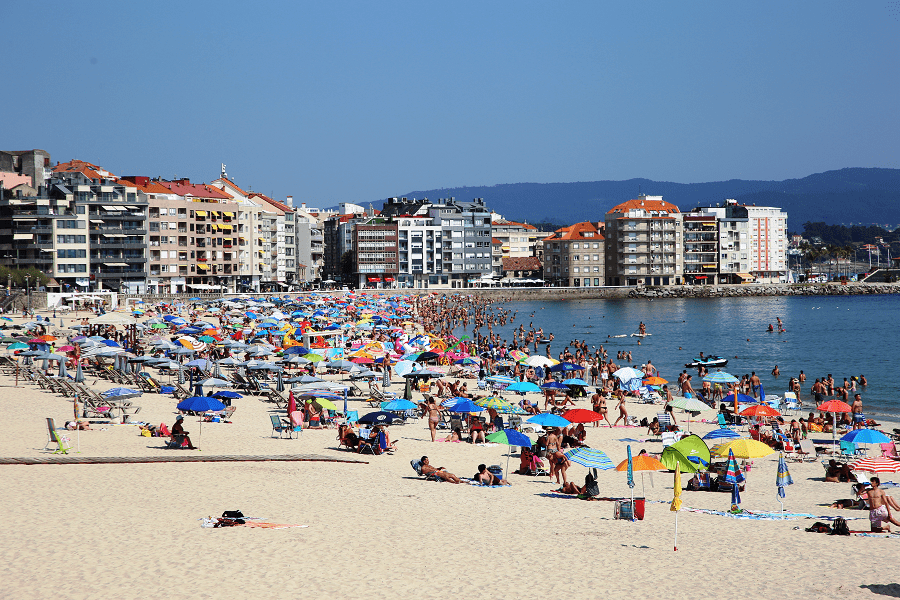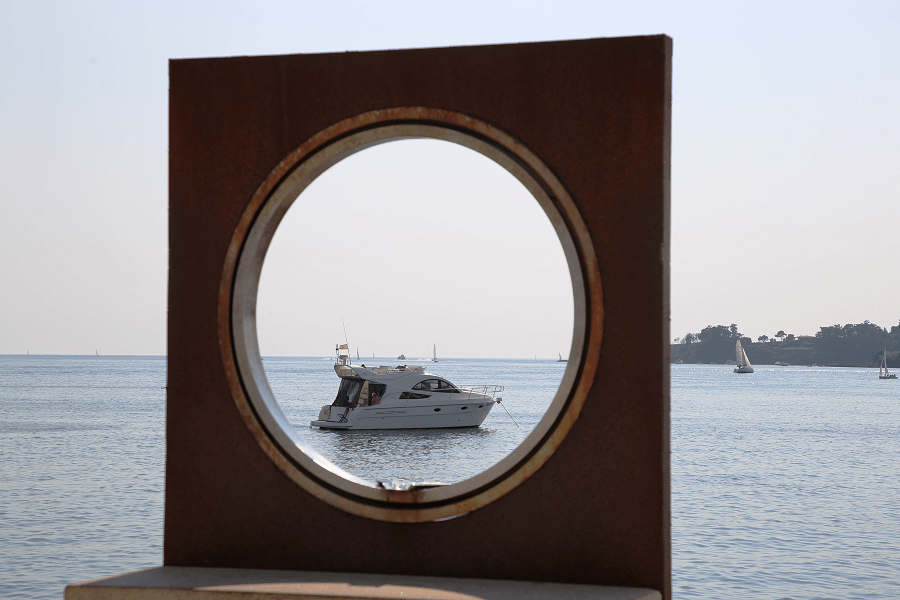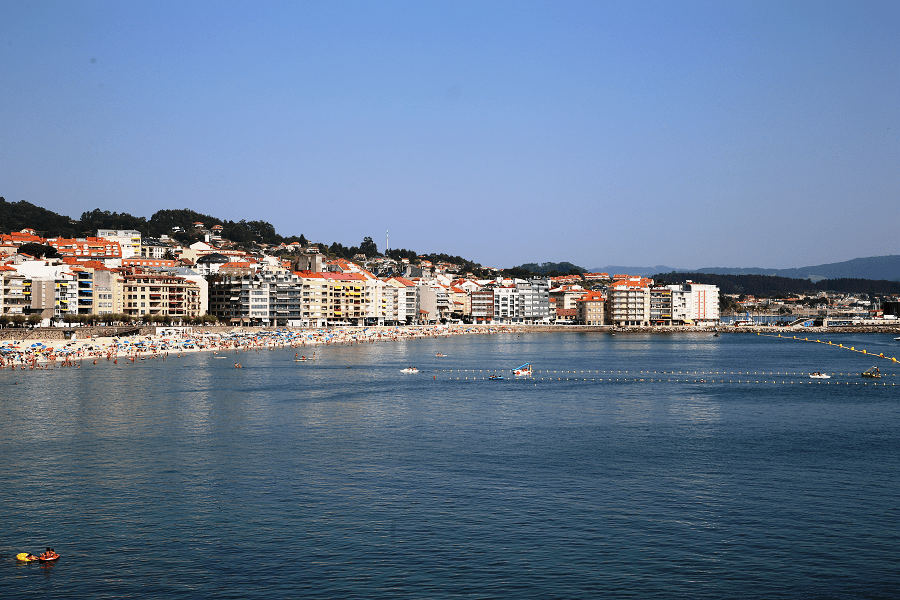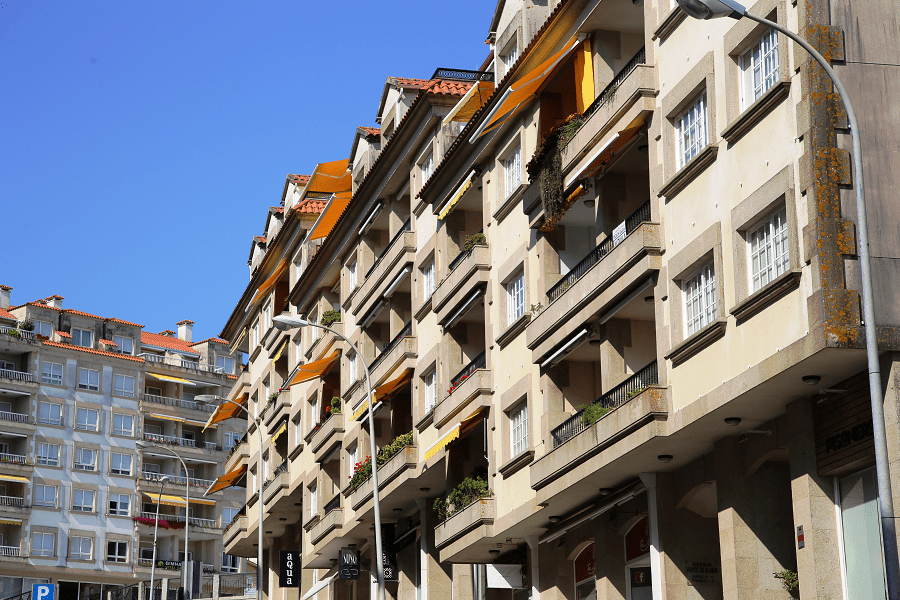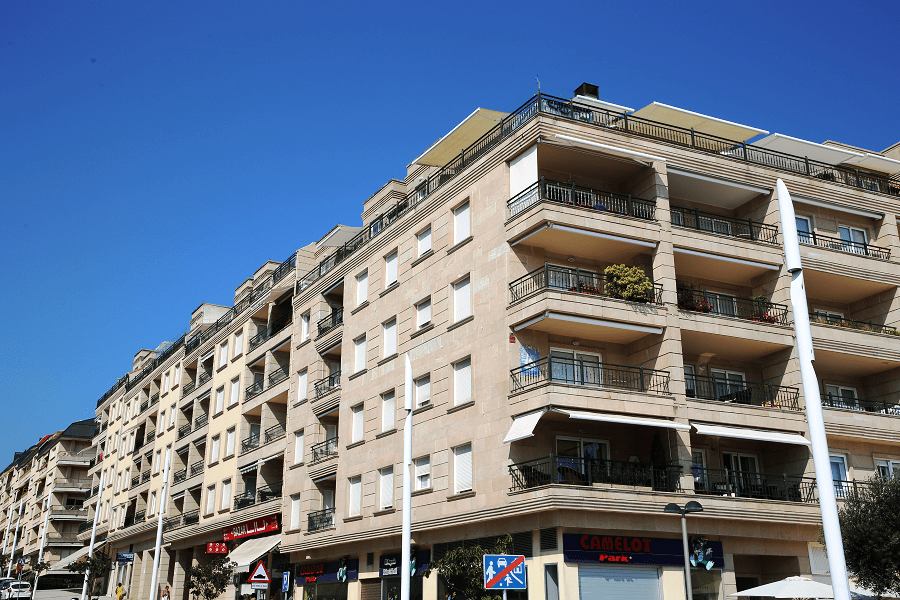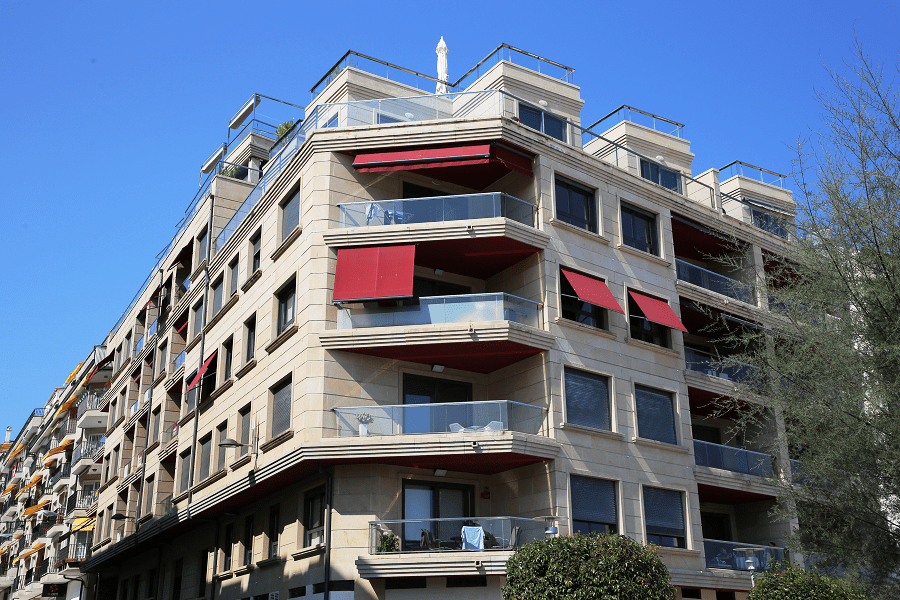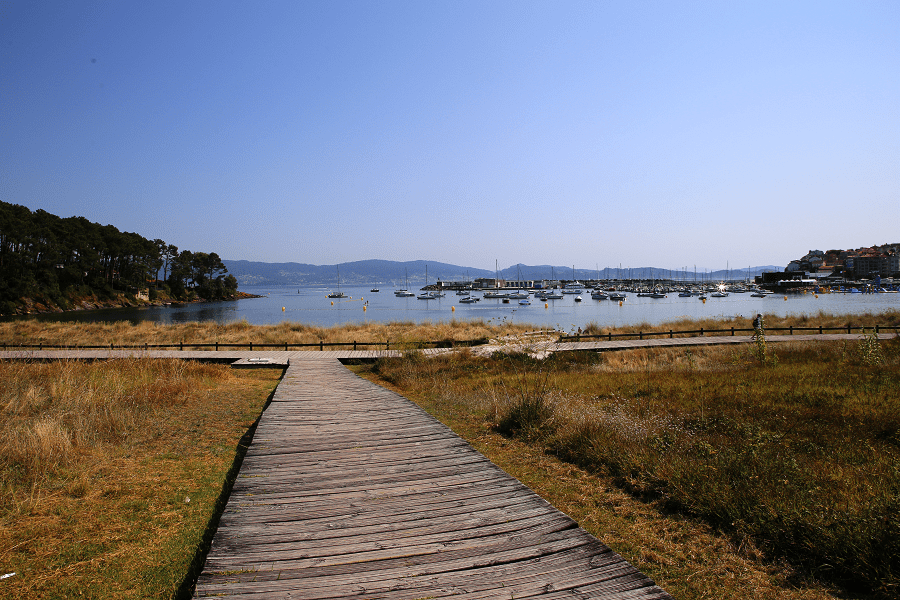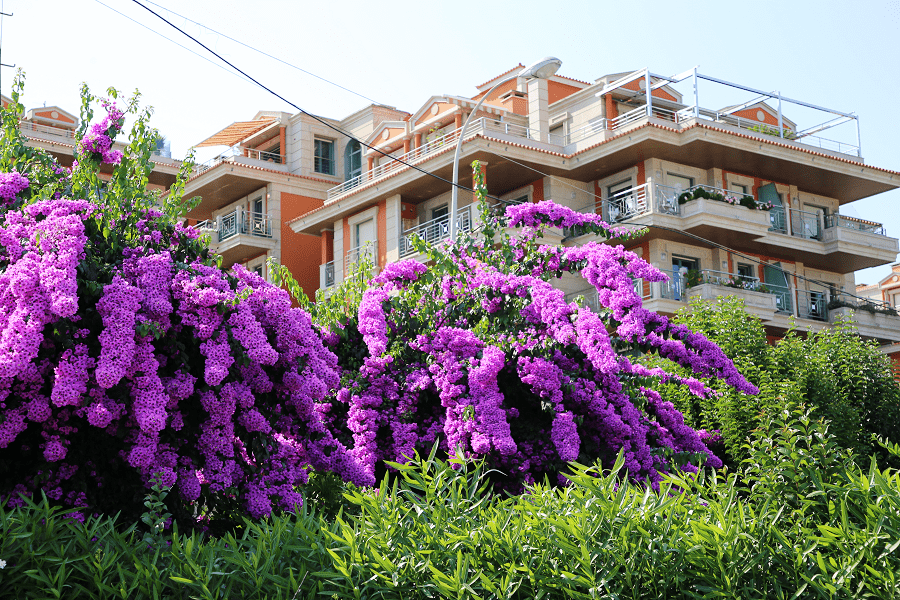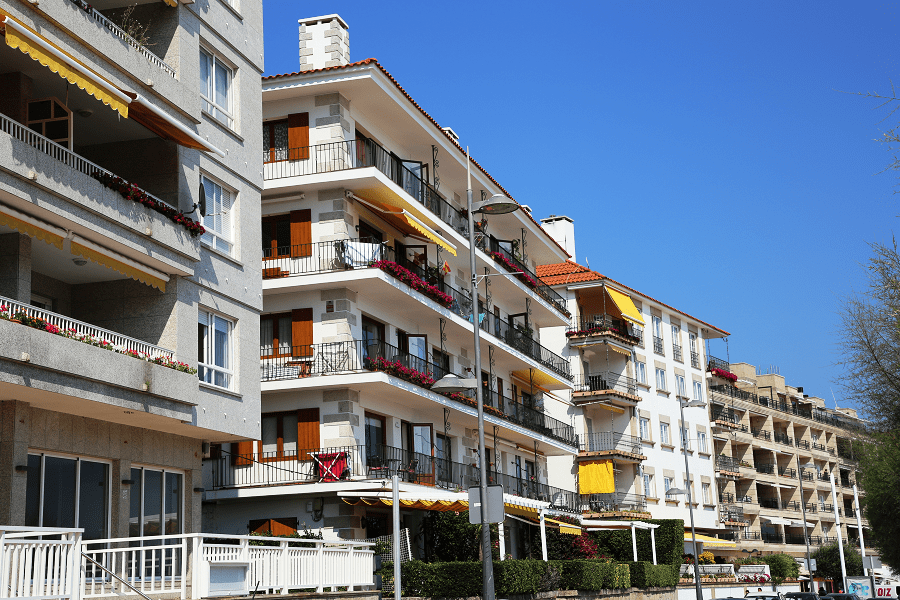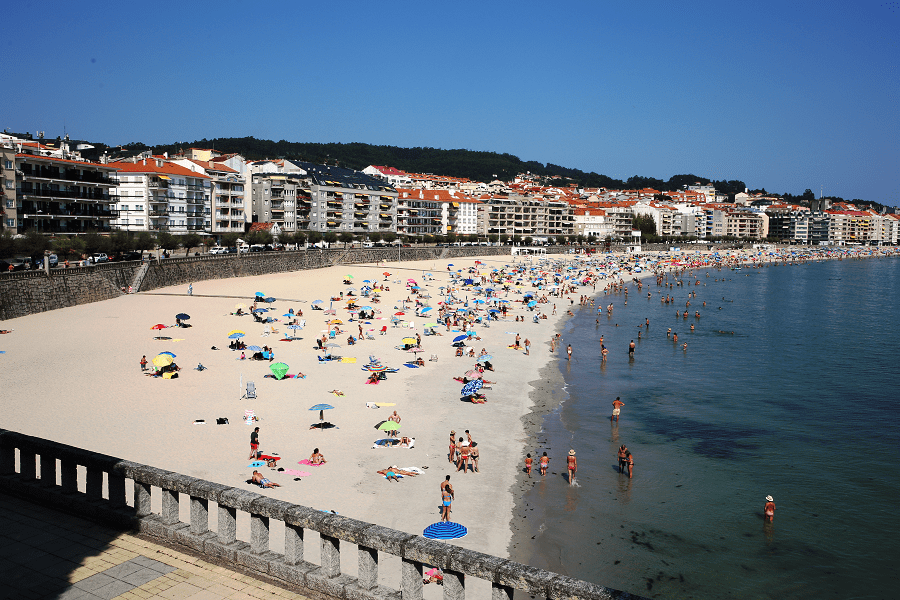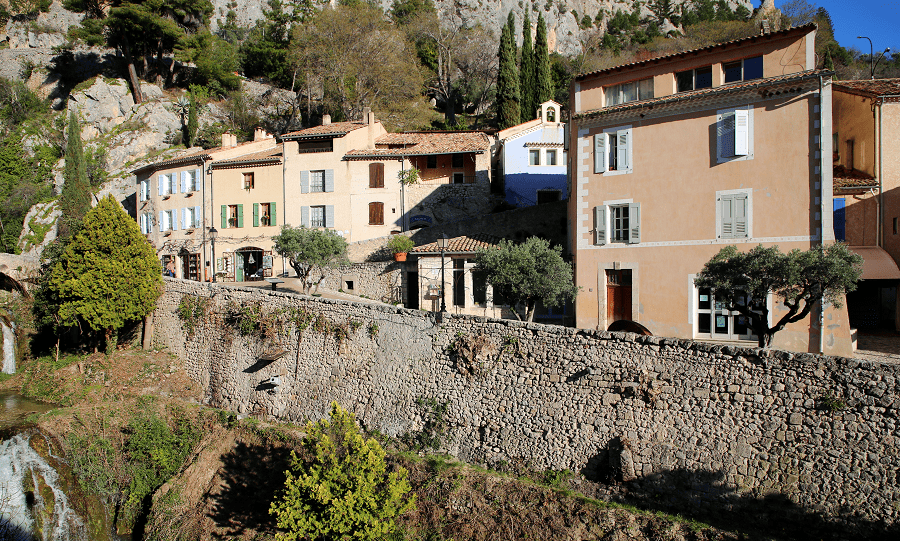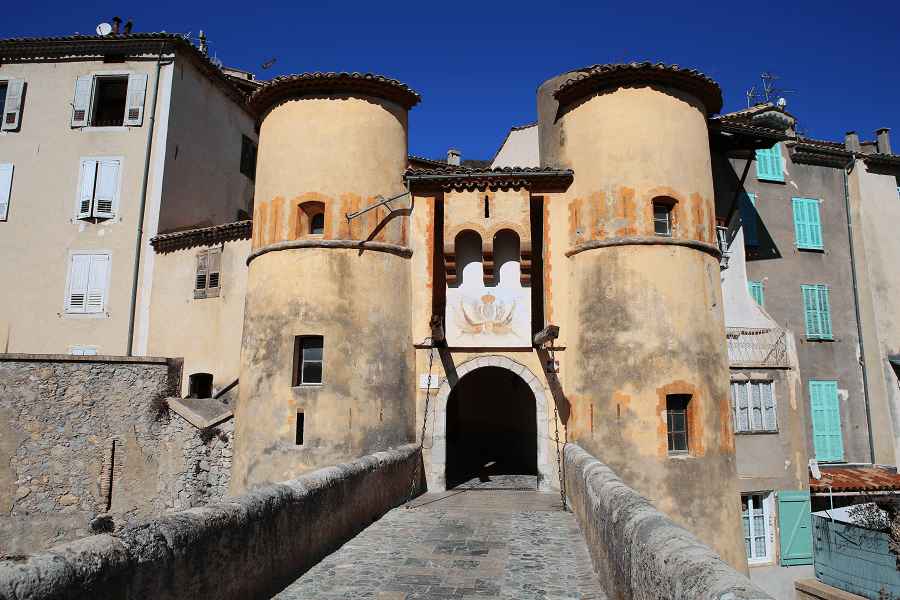Sanxenxo (Sp: Sanjenjo) is a city and a municipality in Galicia, Spain, in the province of Pontevedra.
The city is a popular part of the Rías Baixas costa of the Atlantic resorts of Spain. It is one of the most important and well-known tourist destinations in Galicia thanks to its 36 km of beaches and its nightlife. It is the Galician municipality that has the most hotel rooms, 13% of the total.
Main attractions
Stone is a dominant element in the architecture of Sanxenxo. Remains of life in the Neolithic and Middle Ages, churches and chapels, some in Romanesque style, palaces that reflect a stately past in the area, stone crosses, granaries, water mills and the most recent sculptures are one more attraction that Sanxenxo offers for the visitor.
Archaeological sites
A Thrown
In this place it is necessary to point out the discovery of a necropolis and a fort whose excavations began in the fifties. The castro dates from the 8th century BC, while the tombs found in the necropolis correspond to the 3rd-4th century AD.
On the promontory of A Lanzada, in addition to the Hermitage (12th century), there are remains of the fortress built by order of Bishop Sisnando II in the second half of the 10th century to defend against frequent pirate attacks.
Castro de Dorrón
Located in the parish of Dorrón. It is a fortified settlement that belongs to the Iron Age, S.VIII BC. to the. S.I A.D.
Mount Faro
In this mountainous formation there are abundant remains of necropolis that correspond to the end of the Neolithic, between 4,000 and 2,000 years BC. Three separate areas with burial mounds are identified on Mount Faro.
Chan de Gorita
In this area there are numerous funerary monuments or burial mounds from the end of the Neolithic, 4,000 – 2,000 years BC.
Palaces and noble houses
In the municipality of Sanxenxo we can find up to eight palaces:
Dukes of Patiño in the town of Sanxenxo; Miraflores, where the writer Emilia Pardo Bazán spent the summer; of the Viceroy in the parish of Padriñán; Bermúdez de la Maza in Dorrón; de la Maza in Nantes; Quintans in Noalla; the Revel and the Browns in Villalonga.
The cultural heritage of Sanxenxo also includes numerous manor houses, including La Casa de la Barrosa, Casa del Sear, Rectoral House of Bordóns, Rectoral House of Nantes, Casa da Florida, Rectoral House of Noalla, Rectoral House of Dorrón, House of Carballal de Vilalonga, among others.
Churches
As in all Galicia, religious architecture is of great importance in Sanxenxo, so we can find churches and chapels throughout the municipality. Some come from the Romanesque, such as San Xoán de Dorrón, Santa María de Adina and Santo Estevo de Noalla.
Other more modern religious buildings are:
San Pedro de Bordóns, the small church of San Xinés, Santa Eulalia de Nantes and the church of San Pedro de Vilalonga.
Also in the municipality there are four chapels: San Tomé in Gondar, O Santo in the parish of Nantes, Santa Catalina in the town of Portonovo and San Mauro in Arra, formerly attached to the Monastery of Armenteira.
Monuments
The first Galician aviator: The statue is located in a small square at the start of the promenade from the beach in the resort Silgar Sanxenxo. The Aviator sculpture is bronze, dates from 2002 and is made by Alfonso Vilar important sculptor of the villa. José González Piñeiro, which is what it was called, was the first aviator born in Ferrol, Galicia in 1878.
The Lady of Silgar: The Dama de Silgar is the most famous statue of the quintessential tourist town of Sanxenxo. “The Madame” as it is also known, is the the second work of the Galician artist Alfonso Lamelas Vilar.
Beaches
This town of maritime origin, bases its expansion towards tourism on the beach, today urban, of Silgar. This 800 m long sandy area is sheltered from the north winds that guarantee good weather in the area, but which can be cold even in summer. Following Silgar beach and after passing the Vicaño point, you will find Baltar beach, similar in size to the previous one and significant in the municipality. The western part of this beach is located on the edge of Portonovo, the largest urban center in the municipality.
The growth it has been experiencing since the 1980s is very considerable, arriving in the summer of 2005 to release the marina and its yacht club after the expansion works.
Main beaches of the municipality:
A Lanzada: gravel beach for surfers which faces the open sea and has good surf all year round because it is not protected by the island of Ons as are the others. Sanxenxo shares this beach with the town of O Grove.
Caneliñas: small beach of fine white sand. It is usual to see young people enjoying the Covas, a strait of water between two rocks on one edge of the beach and is completely empty when the low tide.
Canelas: Caneliñas and after leaving the tip of Seam, dunes and small size, place of young people in the summer Portonovo.
Paxariñas: hidden and nestled among the rocks this small beach is accessible by a drop enabled by the council.
How to get to?
The nearest airport to Sanxenxo is Vigo (VGO) Airport which is 24.1 km away. Other nearby airports include Santiago de Compostela (SCQ) (63.6 km), A Coruña (LCG) (106.2 km) and Porto (OPO) (129.8 km).
Distance by car:
From Pontevedra 31 min (34.2 km) via AP-9 and AG-41
From Santiago de Compostella 48 min (70.6 km) via AP-9 and AG-41
From Madrid 6 hr 10 min (644 km) via A-6 and A-52
Best restaurants
There is one Michelin list restaurant in the city:
Sabino, Ourense 3, 30 – 50 EUR • Traditional Cuisine
Main information
Area: 45 sq. km
GPS coordinates: 42°23′58″N 8°48′24″W
Language: Spanish, Galician
Population: 17 414
Currency: Euro
Visa: Schengen
Time: Central European UTC +1, in summer +2
See here best sea and ocean resorts of France and Spain (223 objects)



